Every healthcare SaaS looks great in a demo until it faces a busy Monday at the clinic. That’s when login issues, slow data syncs, and compliance gaps start showing up like uninvited guests.
And in healthcare, even small software problems can turn into big headaches, lost time, frustrated staff, and, in the worst cases, data breaches that shake patient trust.
Healthcare technology has come a long way, but so have the challenges. Teams now deal with security requirements, interoperability demands, and the never-ending task of keeping systems intuitive for doctors and staff who are already stretched thin.
As 2026 approaches, the pressure’s on to build secure healthcare software platforms that actually hold up under real-world conditions.
The good news?
You don’t need a massive overhaul, just the right foundation.
So, what makes some healthcare software run smoothly while others crash under pressure?
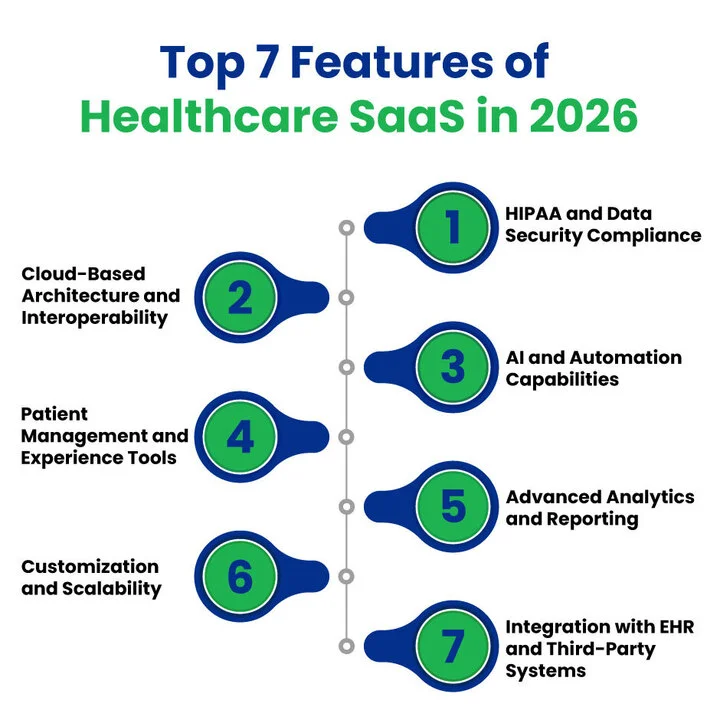
Table of Contents
These seven essential features for 2026 tell the story of what today’s healthcare software really needs to stay ahead.
1. HIPAA and Data Security Compliance
Nothing kills trust faster than a data leak. In healthcare, every click, upload, or login carries sensitive information that deserves top-tier protection.
And here’s the thing: by 2026, HIPAA compliance is the bare minimum. The real win is creating a setup that keeps patient data safe and makes life easier for the people using it every day.
So, what does that look like in action?
- End-to-End Encryption: Every single piece of patient data stays locked and private.
- Multi-Factor Authentication: Even if someone guesses a password, they’re not getting in without extra verification.
- Automated Audit Logs: Track who did what, when, with no guesswork and no gaps.
- Role-Based Access: Everyone sees only what they actually need. Simple as that.
- Instant Breach Alerts: Spot trouble the second it starts, not days later.
Treat security like hygiene. Not glamorous, but essential. When your setup is clear and easy to use, users feel more confident and comfortable relying on your healthcare SaaS every day.
2. Cloud-Based Architecture and Interoperability
If your software still relies on local servers, you’re asking for headaches.
Downtime, slow updates, and data bottlenecks can frustrate staff and delay patient care. Cloud-based healthcare software solves that by keeping everything running smoothly, even during high-traffic hours.
But in 2026, just being on the cloud won’t be enough.
Healthcare platforms need to talk to each other, with EHRs, billing tools, and telehealth apps all working in sync. When data flows freely, so does productivity.
This is what it looks like in action:
- Scalable Setup: Grow your platform without downtime or expensive hardware.
- Smooth Integrations: Connect easily with EHR systems, billing software, and telehealth platforms.
- Built-in Interoperability: Use industry standards like FHIR and HL7 so your software talks to others smoothly.
- Automatic Updates: Push new features or fixes instantly.
- Easy Access: Let users work securely from clinics, homes, or even mobile devices.
When your SaaS talks to all the right systems, staff can focus on care instead of wrestling with software.
3. AI and Automation Capabilities
Automation in healthcare SaaS is all about giving people more time to do what actually matters. Administrative work still eats up too many hours, and by 2026, AI-powered tools will be so essential to fixing that.
It’s like an invisible assistant that works 24/7, sorting data, flagging errors, and helping teams stay one step ahead. When used well, AI and automation turn chaos into calm.
These are the ways AI can make daily work easier:
- Smart Scheduling: Fill open slots automatically and balance workloads.
- Billing and Claims Help: Catch errors before they slow down payments.
- Data Cleanup Tools: Fix duplicate or incomplete records fast.
- Predictive Care Prompts: Suggest follow-ups based on patient data.
- Priority Alerts: Highlight what needs attention first.
Start small with automation. One well-placed AI feature that saves time daily is worth ten that sound fancy but confuse users.
86% of healthcare organizations are using AI extensively right now. Are you keeping up?
4. Patient Management and Experience Tools
Every great healthcare SaaS starts and ends with the patient experience. No one wants to wait on hold for 20 minutes just to reschedule an appointment or dig through confusing portals for lab results.
If your software feels clunky, patients will notice, and so will your staff.
Nowadays, people expect healthcare software to feel as easy as ordering coffee online. From mobile scheduling to instant updates, it’s all about saving time and reducing friction for both sides of the screen.
Here’s what smart patient management looks like:
- Self-Service Portals: Patients can book visits, request refills, and view records in seconds.
- Automated Reminders: Send friendly nudges to cut down on no-shows and missed follow-ups.
- Simple Messaging: Enable quick, secure chats between patients and care teams.
- Mobile-First Design: Prioritize smartphones; that’s where patients live.
- Real-Time Feedback: Ask for feedback and make visible improvements.
Make the platform simple and intuitive, and both patients and staff will notice the difference.
5. Advanced Analytics and Reporting
Data should help people make decisions, not drown them in dashboards. Yet too many healthcare SaaS tools overload teams with numbers that don’t mean much in real life. The goal is to provide better insights that guide daily actions and long-term planning.
In 2026, analytics in healthcare software need to go beyond counting visits or tracking billing. It’s about spotting patterns early, improving patient care, and keeping operations efficient.
The features below show what makes analytics actually useful:
- Custom Dashboards: Let clinics and departments choose what data matters most.
- Real-Time Reporting: Show what’s happening now, not last quarter.
- Predictive Trends: Use healthcare analytics software to catch issues before they grow.
- Easy Exports: Turn insights into shareable reports for compliance or management.
- Clear Visuals: Simple charts and colors that help teams act fast.
Good analytics tell a story. If your users can decide in under a minute, you’ve done it right.
6. Customization and Scalability
Healthcare teams don’t all work the same way, and their software shouldn’t either. What a small clinic needs won’t match what a hospital system uses. That’s why customization and scalability are two of the most important healthcare SaaS features for 2026.
The best SaaS for healthcare grows with you. It fits your current workflow but has room to expand without forcing a total rebuild later.
These are the features that keep software working for any team:
- Modular Setup: Let users add or remove features as they grow.
- Configurable Workflows: Adjust steps and forms to fit real-world use.
- Flexible User Roles: Control who can view or edit sensitive data.
- Easy Upgrades: Scale up performance or storage without downtime.
- Stable Speed: Keep performance smooth even as usage spikes.
Software that bends without breaking wins long-term loyalty. Make sure it fits the way teams work, instead of making teams adjust to it.
7. Integration with EHR and Third-Party Systems
Nothing slows down a clinic faster than systems that don’t talk to each other. If your SaaS can’t sync with EHRs, billing tools, or lab systems, it becomes just another silo, and no one has time for that in 2026.
The goal is simple: build a secure healthcare SaaS that fits naturally into the tools doctors and admins already use. When everything connects, daily work becomes smoother and faster.
Want to see what strong integration feels like in real life?
Check it out below:
- EHR Connectivity: Sync notes, records, and updates across systems.
- Open APIs: Allow partners and other apps to plug in easily.
- Secure Data Transfer: Protect sensitive patient data at every step.
- Two-Way Updates: Keep all systems current without duplicate entries.
- Fast Onboarding: Help new clients connect tools without tech headaches.
Integration is the glue that keeps modern healthcare SaaS solutions running efficiently.
How Can SaaS Providers Stay Competitive in Healthcare Tech?
Keeping up in healthcare tech isn’t just about adding new features. The real challenge is helping clinics and hospitals get more done, faster, and with less stress.

If you want your SaaS to stay relevant and trusted in 2026, focus on practical steps that make life easier for users every day.
- Keep your product roadmap realistic and prioritize features that solve real clinic problems.
- Gather feedback regularly and act quickly on small pain points before they become big issues.
- Train support teams well so users get help without long delays.
- Track industry trends and competitor updates to stay ahead.
- Offer flexible pricing or packages to fit clinics of different sizes.
- Make onboarding smooth so new clients can start using your software quickly.
- Keep your user interface clean and intuitive to reduce learning curves.
- Test updates thoroughly to prevent bugs from disrupting daily operations.
Follow these practical steps, and your healthcare SaaS will be the platform teams actually rely on every day.
By keeping workflows simple, supporting users, and staying adaptable, you make your software useful, trusted, and ready for whatever 2026 brings. Healthcare teams should also consider collaborating with expert healthcare software developers to build solutions that truly fit their workflows and patient care needs.
Final Takeaway
Building healthcare SaaS for 2026 works best when you focus on solving real problems instead of chasing trends or cramming in every new feature. Platforms that prioritize security, usability, and adaptability make life easier for the people using them and help teams feel confident in their work.
Even small, thoughtful improvements can create a big difference in trust and efficiency.
When you bring AI and smart automation into your healthcare platform, you make life easier for your users every single day. It can handle repetitive tasks, surface insights that actually matter, and free your team to focus on patient care.
Build with care, keep the real needs of users front and center, and your healthcare SaaS will earn trust and make a meaningful difference every day!
Frequently Asked Questions (FAQs)
2. What Makes Modern Healthcare SaaS Solutions Different?
Modern SaaS is cloud-based, mobile-friendly, and integrates smoothly with other systems. It avoids data silos and ensures your staff can access information anywhere. These improvements help clinics and hospitals operate more efficiently than older software.
3. Which Features Improve Patient Experience the Most?
Self-service portals, automated reminders, and mobile-first designs make care easier for patients. Simple messaging between patients and staff also improves engagement. When software is intuitive, patients feel more confident, and staff spend less time managing schedules.
4. Why Is AI Important for Healthcare SaaS in 2026?
AI automates repetitive tasks like scheduling and data cleanup, saving time for staff. It can also highlight priorities and predict follow-ups based on patient data. This turns your platform into a tool that actively supports daily workflows.
5. How Does Cloud-Based Healthcare Software Help Clinics?
Cloud architecture ensures fast updates and reliable performance even during busy hours.
Want to gain patient trust and boost staff efficiency in one move?
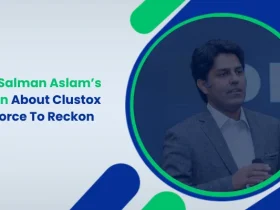

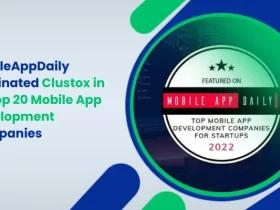
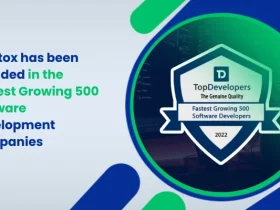
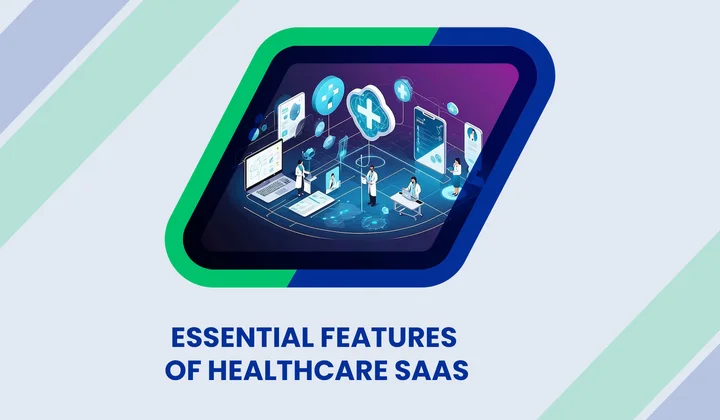
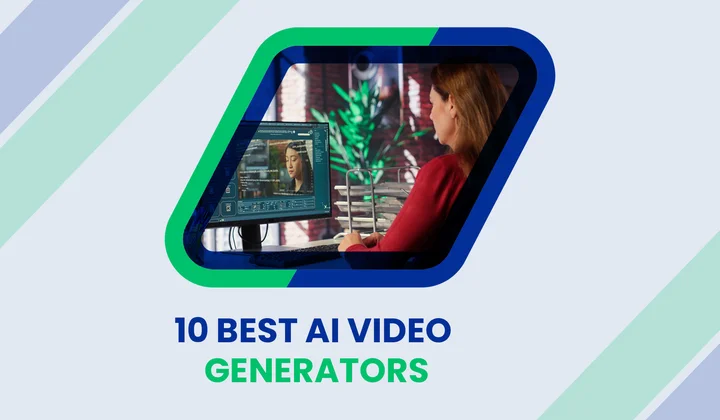
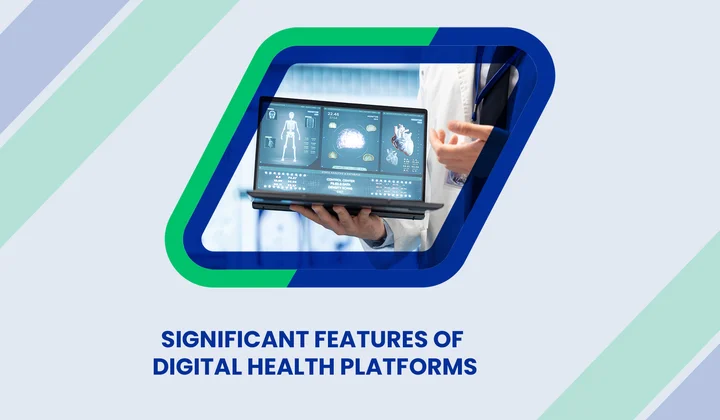
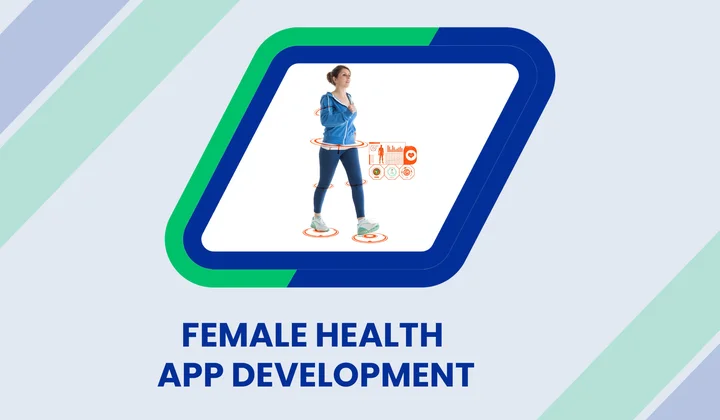
Share your thoughts about this blog!